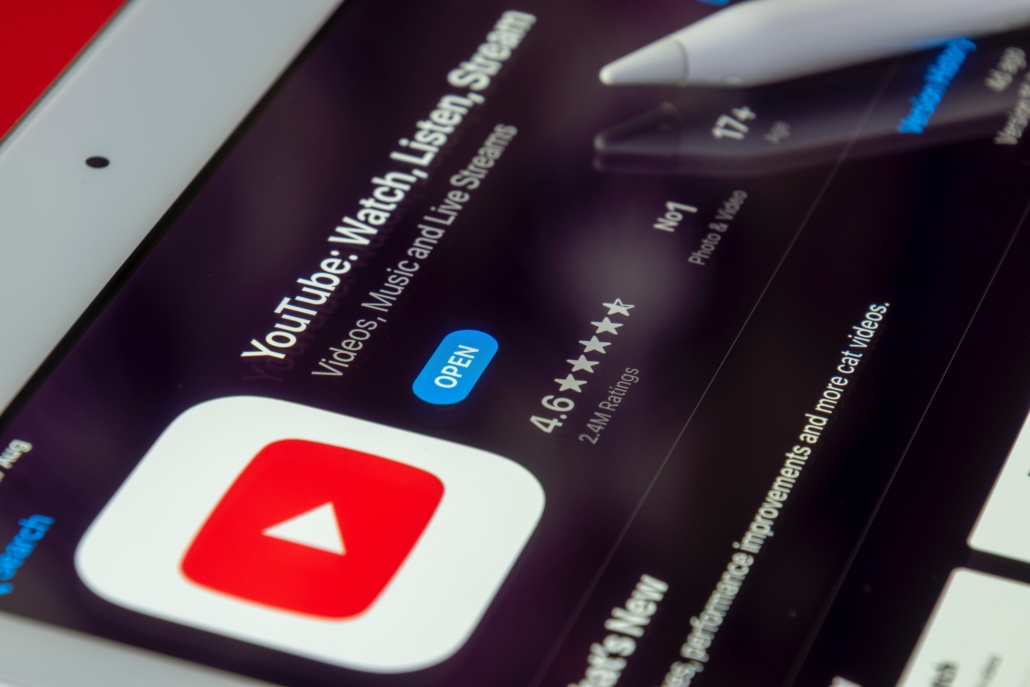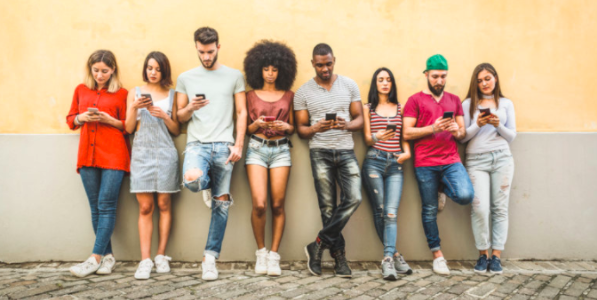What brand marketeers can learn from the success of Squid Games- An InsightzClub Study
Squid Games is a South Korean survival drama television series streaming on Netflix. Within a week of its release, it became one of Netflix’s most-watched programs in several regional markets; within its first 28 days of release, it attracted more than 111 million viewers.
InsightzClub, a technology-based market research start up, conducted an analysis on the astounding popularity of Squid Games and what marketeers can learn from it.
- Word of Mouth is more successful than the largest paid campaign: Most people who saw squid games could not stop talking about. It almost forces you to want to watch the show so you can relate to the community around you and understand the jokes being told.
- When your brand has a viral TikTok trend, its bound for success: Squid Game picked up a fascinating amount of traction on the platform, almost forming an army of viewers that advocate and share the inside jokes.
- Manage your marketing budgets optimally: While all 456 players came from various walks of life, they all have something in common. That is – ‘’Debt’’. An important lesson for brands to always live within the means and optimize marketing spending continuously.
- Brands should always be agile: One of the most interesting games in the show was the tug of war where competitors had to form a team of 10 and assign roles based on strengths. Being agile emerged as a key takeaway in this game. Brands need to be every changing i.e. dynamic and adapting continuously to the situation.
- Brands should play to its strength: Every brand will have some key strengths and some not so key strengths. For a brand to win, its critical for it to play towards its strength.
To know more about consumer behaviour and trends reach out to InsightzClub to know more about our solutions




